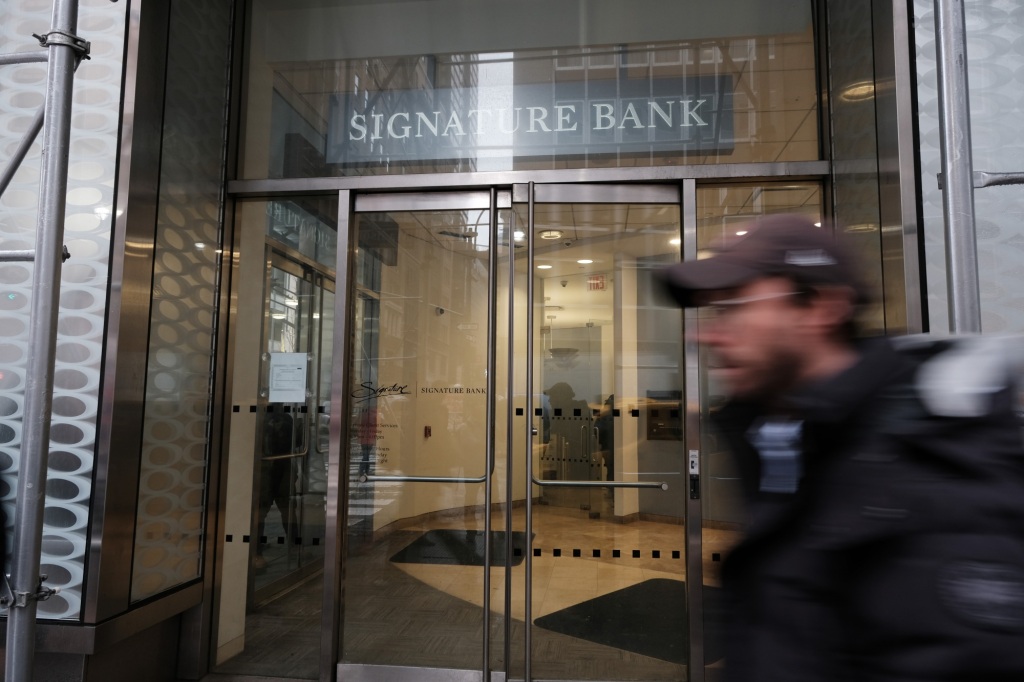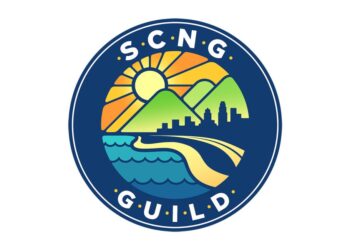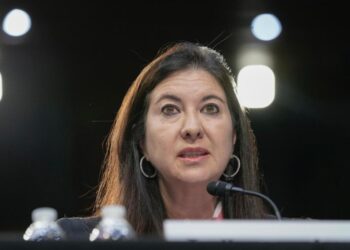Two banks have collapsed since Friday, the federal government swooped in to save the day, and there’s still a lot of uncertainty about what comes next.
Depositors at Silicon Valley Bank — which failed Friday after a bank run — and New York-based Signature Bank — which collapsed Sunday — will see their money guaranteed by the federal government. In a joint statement Sunday, the U.S. Treasury Department, the Federal Reserve and the Federal Deposit Insurance Corp. said all deposits at both banks would be guaranteed — but not at the expense of taxpayers. Depositors were told they would have access to their money Monday.
» Ask a Nerd: How Does SVB’s Closure Affect Me?
The move was an attempt to alleviate systemic risk to the banking system and shore up public confidence, according to the statement. In other words, the federal government hoped to ward off the potential for a contagion of collapses that could destabilize the banking system and cause an economic crisis akin to the Great Recession, in late 2007 to mid-2009.
Since 2001, there have been 563 bank failures, according to the FDIC, but these are the first since Kansas-based Almena State Bank in October 2020. SVB and Signature Bank’s collapses were the second and third largest in history, with Washington Mutual — which fell during the 2008 financial crisis — still No. 1.
The markets responded to SVB’s collapse with a swift decline Friday. On Monday morning, after the Fed’s joint announcement, markets were jittery, indicating high volatility in an uncertain financial climate. Bank stocks, especially regional bank stocks, have plunged.
How SVB and Signature Bank collapsed
In the joint news release, the Fed said: “The U.S. banking system remains resilient and on a solid foundation, in large part due to reforms that were made after the financial crisis that ensured better safeguards for the banking industry.”
But not all reforms have stuck. In 2018, under then-President Donald Trump,…
Read the full article here







